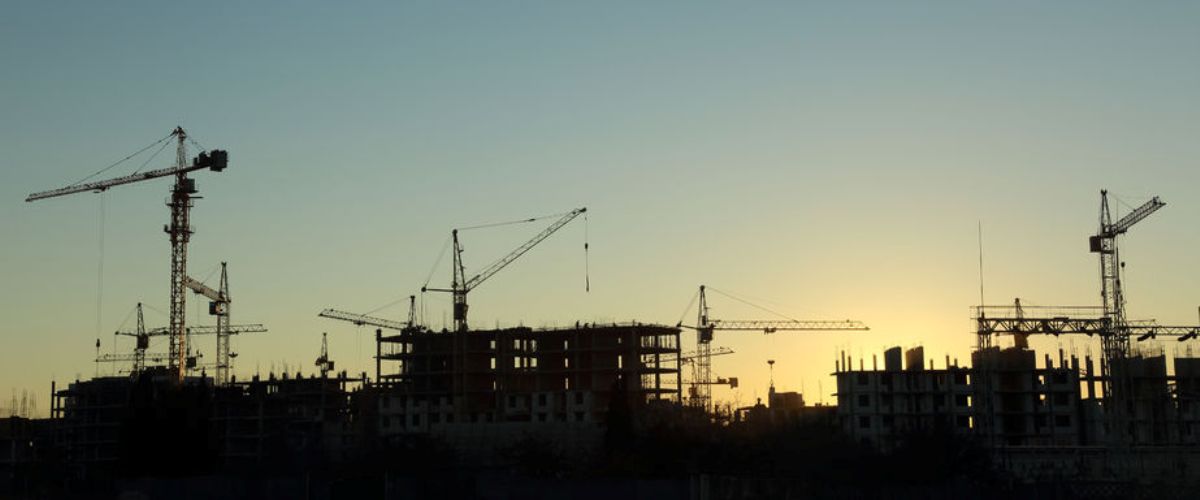Chicago-based investment firm is about to complete the $35 million re-positioning of the former Motorola office park into an office/retail campus in Plantation.
The renovation of this iconic property has injected new life to the city. Specifically, the renovation is attracting innovative tech and healthcare companies as tenants and adding restaurants, landscaping, lighting, a fitness center, a jogging trail around a manmade lake and other amenities for tenants to enjoy. The campus is now home to Motorola, Magic Leap, a company developing virtual reality technology, and health care company Amsurg Corp., among others.
GlobeSt.com sat down with Arnstein & Lehr Attorney Josh M. Atlas to discuss the behind-the-scenes of transforming the former Motorola campus into Plantation Pointe. Atlas is a partner in the law firm’s West Palm Beach office and a member of the Construction Law and Commercial Litigation Practice Groups.
Atlas represented Illinois-based Blue Water Builders, the general contractor for the developer Illinois-based Torburn Partners. In part one of this interview, GlobeSt.com asked him what is the main takeaway from the transformation of the iconic Motorola Corporate Park into a sprawling retail/office campus designed with Millennials lifestyle-preferences in mind?
“The main takeaway is that a forward-thinking developer can restore and revitalize an entire community by taking the right approach to a project like the re-positioning of the former Motorola Corporate Park,” Atlas says. “Growing up in South Florida, everyone recognized that the Motorola Corporate Park was an important part of the local community because it was so noteworthy that such a high-profile company would have a large presence in a suburb like Plantation. “
By transforming the project into a multi-tenant corporate campus and adding both retail and lifestyle amenities, he says, the developer created a platform to bring in a much more diverse group of tenants. And that is benefiting everyone.
“The transformation of this campus gives tenants the ability to satisfy the demands of a workforce that is increasingly populated with Millennials who want more out of their professional experience than just having an office to go to work,” Atlas says. “The transformation should also serve as a boost to the local economy by increasing the tax base, creating opportunity for local business and giving more people a reason to move into the community to be near work.”
Source: GlobeSt.




